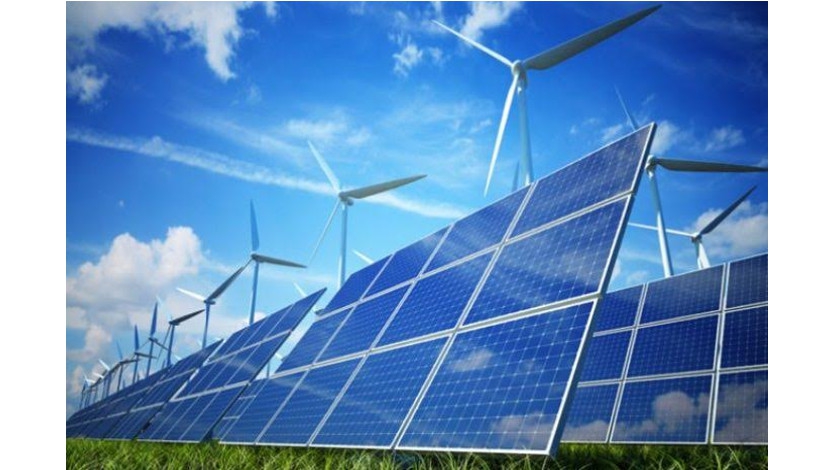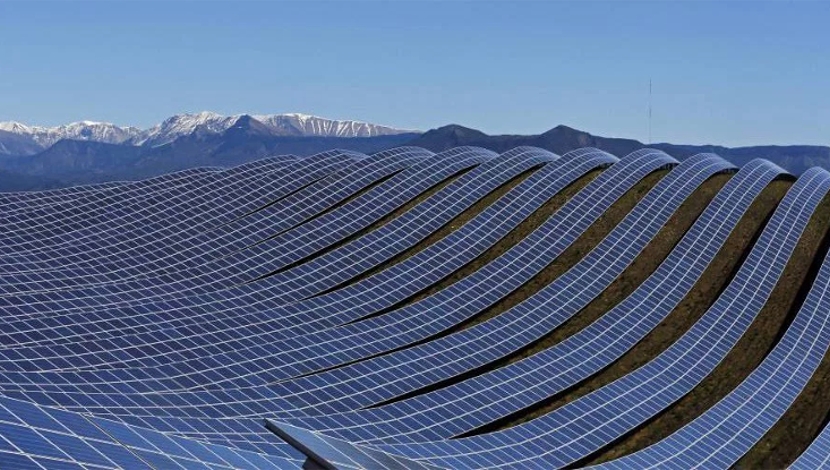

Africa’s huge latent for renewable energy could surpass the continent’s estimated electricity demand in 2030, according to new research.
The paper, “Strategic siting and regional grid interconnections key to low-carbon futures in African nations” draws the potential for new wind and solar farms in 21 African nations.
Currently, Africa has the least per capita electricity consumption in the world.
A statement from theWorld Bank Group and the International Energy Agency (IEA) affirms that the pace of electrification in Africa is failing to keep up with a quickly mounting population.
The report states that of the 1.06 billion people across the globe who still have no access to electricity, 45% live in rural Africa – with an extra 10% spread across African municipalities.According to the Sustainable Energy For All Forum, only 37% of Africa’s populace had access to electricity in 2014.
Africa has vast unexploited resources for renewable energy – specifically wind and solar power.Energy demand in Africa is expected to grow exponentially; the study forecasts that for an area encompassing 50% of Africa’s population, the collective demand will exceed 1,000 terawatt-hours (TWh) by 2030 – almost triple the figure for 2010.
The declining costs of wind and solar has already fuelled growth in renewable energy generation in a number of African countries.To increase adoption of renewable energy across the continent, the paper’s authors developed a tool to map the best available new locations for solar and wind power in 21 nations.
According to the analysis, the full potential for wind and solar power across all 21 nations exceeds the expected electricity demand in 2030 by a factor of two.Djibouti, Libya, Swaziland and Tanzania will be able to meet 30% of their demand with available, low-impact, and economical wind spots.
Likewise, Botswana, Ethiopia, Lesotho, Tanzania, Uganda, Sudan and Zimbabwe could see 30% of their estimated 2030 demand with locally-produced solar photovoltaic (PV).
However, for Angola, the Democratic Republic of Congo, Egypt, Kenya, Libya, South Africa and Zambia meeting 2030 targets will “require investing in transmission extensions to access lower-cost PV resources or importing from neighbours”.





